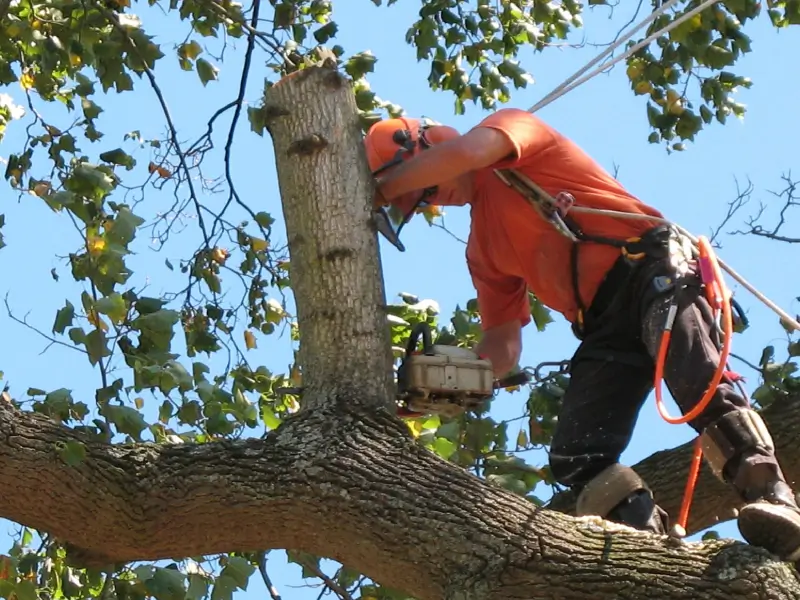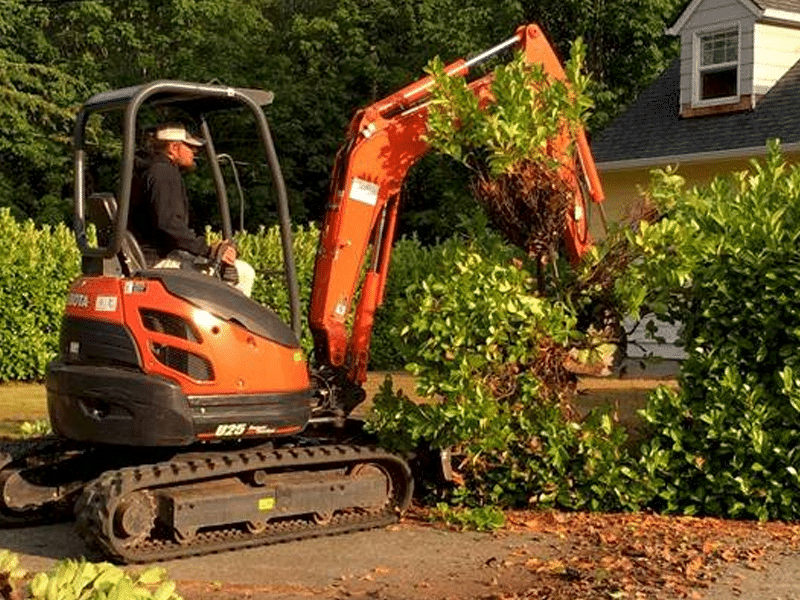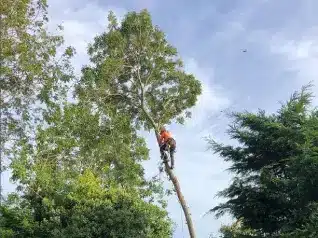DIY Grass Cutting: Achieving a Professional-Looking Lawn
A lush green lawn signifies you care for your garden. A well-manicured yard requires knowledge, time, money, and continuous effort, so maintaining these open spaces to perfection is nothing short of an achievement.
But make no mistake, yard care is challenging, especially if you lack the proper tools and expertise for the job. Additionally, your garden also requires adequate water, sunlight, fertilisers, and constant pruning. An intricate part of lawn care is grass cutting.
So, exactly how can you ensure that your grass-cutting techniques result in a gorgeous lawn that invites your neighbour’s envy? We have compiled a list of the top grass-cutting tips to help you maintain that perfect garden.
-
Know the Grass Type in your Garden
Grass cutting is more than pushing your mower up and down. There are over 12,000 grass species, diversified by region, soil type, and climate. So, different gardens will have different mowing requirements.
For example, cool-season grass like fine fescue and bentgrass should have an ideal length of 3-4 inches, while warm-season grass like zoysia and bermudagrass should be cut at 2-3 inches. Cutting grass to its appropriate size will allow proper photosynthesis and maintain its health.
-
Choose the Right Mower for Your Yard
Lawn mowing can be a tedious & tiring job, but selecting the right mower can not only simplify the job but make it more pleasant too.
Lawn mowers come in various sizes and capabilities, and your garden’s shape & topography will determine the right equipment for the job. The most common mistake made by DIY-enthusiastic homeowners is choosing a lawn mower based on cost and brand. However, you may not need an expensive mower from a reputed brand with cutting-edge features.
Bigger is not better either. Before buying a mower, think about the size and terrain of your garden. As a general rule, larger mowers are ideal for bigger lawns as they can cover more ground in less time. But, if you have challenging terrain (slopes or hills), a compact mower with easy maneuverability will be better suited. Flat gardens can be easily manicured with basic push mowers.
-
Keep Mower Blade Sharp
Before you get down to it, ensure your mower’s blades are sharp. A blunt blade may tear or shock the grass, causing them to discolour and be more susceptible to fungal diseases. Visually, your garden will look like a complete mess with uneven grass.
If you strictly have a DIY preference, you can sharpen the blades yourself with a file or grinder. Or, you can save yourself the hassle and get them sharpened at your nearest shop.
-
Wear Safety Equipment
Mowing can be dangerous. Lacerations are common among first-time mowers, so it is essential to wear protective equipment while you are at it. Keep the following gear handy to minimise the risk of injuries:
- Safety Gloves
- Goggles
- Long, thick Pant
- Non-slip Shoes or Boots
- Ear Plugs
Maintaining your safety equipment in good condition is as important as having them. Clean and store them properly after every job to ensure your safety the next time you need them.
-
Avoid Cutting Wet Grass
Due to weight, wet grass can weigh down, bending the blades and making them more susceptible to damage. Thus, avoid cutting grass during the rainy season when moisture is high. The clippings may also damage your mower and spread across the yard, making it laborious to tidy up after a hard day’s work. If you do not tidy the clumps, they may block sunlight and water from reaching the blade.
It is prudent to avoid all these risks & hassles and wait out the rainy season to trim a dry lawn.
-
Don’t Wait for the Grass to Grow Too Long
While tall grass may make your lawn appear greener and fuller, don’t let this be an excuse to delay garden care. Long grass hinders sunlight and prevents it from penetrating the blade, increasing the risk of pest damage and disease.
Tall grass may also shelter rodents, insects, and even venomous snakes, creating a potential health hazard for your family & pets. To negate these risks, make sure the grass does not grow too high.
-
Take Time to Double Cut your Grass
If you are in the unfortunate scenario of looking at overgrown grass across your garden, do not cut it off in a single go. Instead, take time to cut your grass bit by bit. Mowing off too much can inhibit the growth of your grass.
We recommend cutting grass at half its length without touching the blade. Wait for 3-4 days and mow again to half its length. While this approach is more laborious, it will result in a healthier garden.
-
Cut More Often During the Growing Season
Just like trees and shrubs, seasonal changes can also affect the grass in your lawn. Thus, the frequency of grass cutting should be higher in early spring and autumn. Ideally, you should trim your yard once every week during the growing season. You can reduce your mowing frequency in summer and late spring to once every two weeks.
Remember there’s no one-size-fits-all approach. The perfect grass-cutting schedule isn’t set in stone, so stay attentive and observe the growth cycle of your lawn’s grass.
-
Do Not Mow in a Single Pattern
Mowing in one direction can cause the grass to lean in the same direction, consuming more space and inhibiting the growth of new blades. This doesn’t mean that you should go around in circles. Alternate your pattern after a single trim run and avoid running over the same tracks. Mowing repeatedly on a track compacts the soil, impairing air circulation and water penetration.
-
Recycle the Clippings with Mulching
Mulching the grass clippings will return essential nutrients back to the soil, improve moisture retention, and reduce garbage in your yard. Mulch is a natural fertiliser. By recycling it across your garden, you can return nutrients to the ground and enjoy a tidy yard.
However, if your grass shows signs of disease or pest infestations, it’s best to dispose of your lawn clippings and prevent the disease from spreading.
Post-cutting Tips
Once your DIY grass-cutting project is over, go through your yard and:
- Mulch the grass clippings from the yard
- Water your lawn if dry
- Fertilise, if required
- Clean your mower and check for any damage
Final Thoughts
Grass cutting is an integral part of yard maintenance. While a first-time DIY is not easy, you can still make the job easy and effective with the proper tools & tips. With our grass-cutting pro tips, you can take better care of your garden yourself and maintain the overall vitality and curb appeal of your property.
If you are apprehensive about DIY, you can always look forward to our professionals to handle it. JB Property Maintenance offers professional tree surgery and yard care services in Galway, Mayo, and Clare. Contact our seasoned experts to maintain a healthy & sprawling garden.




